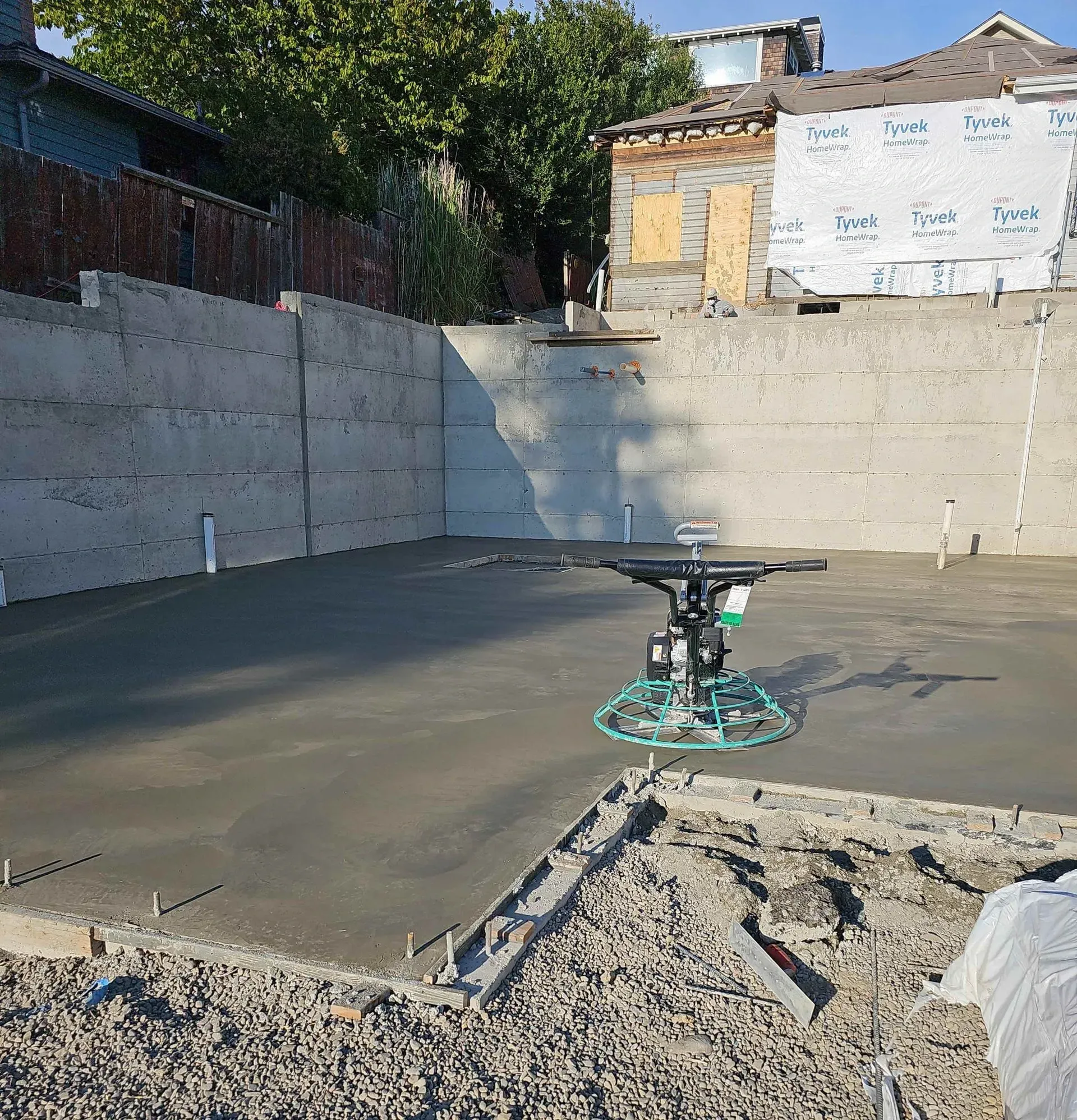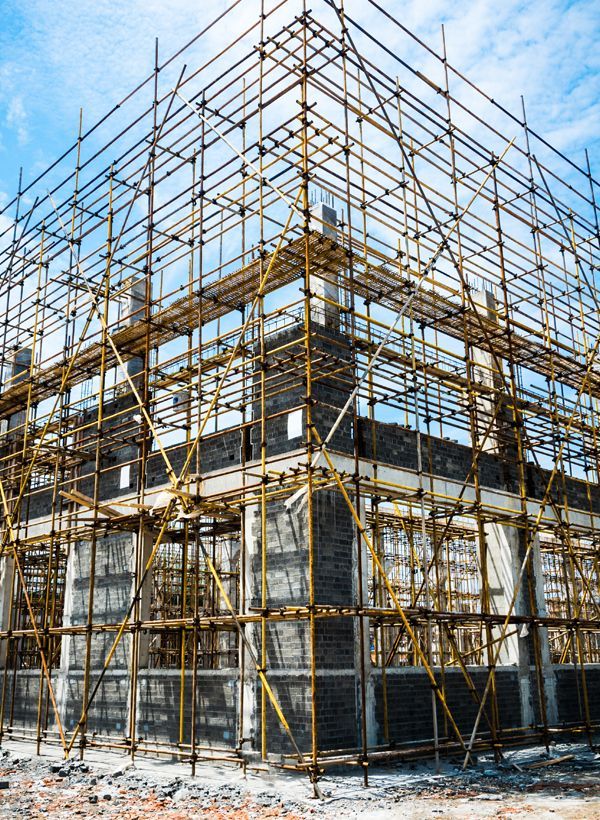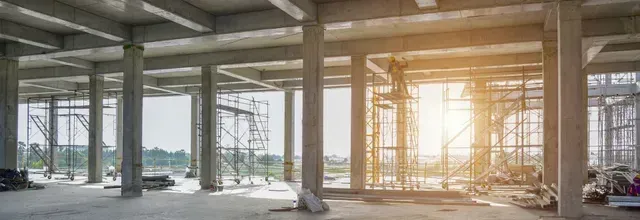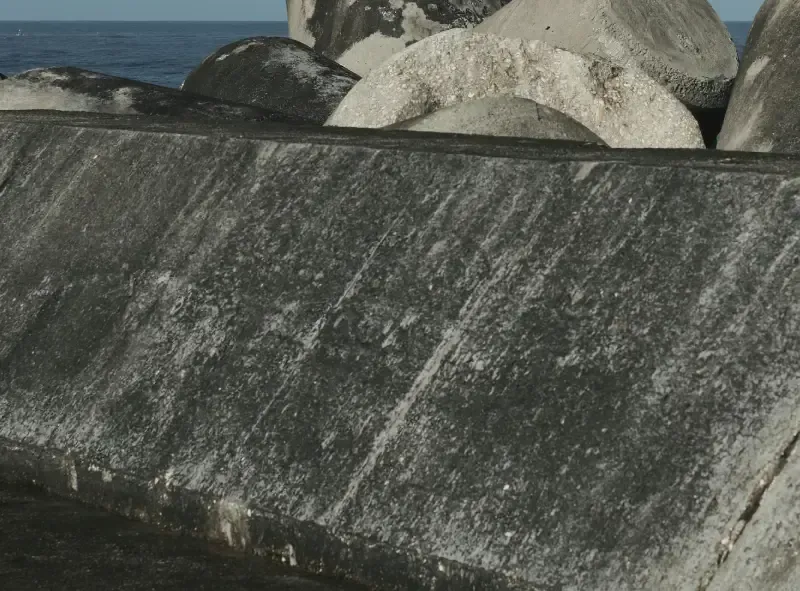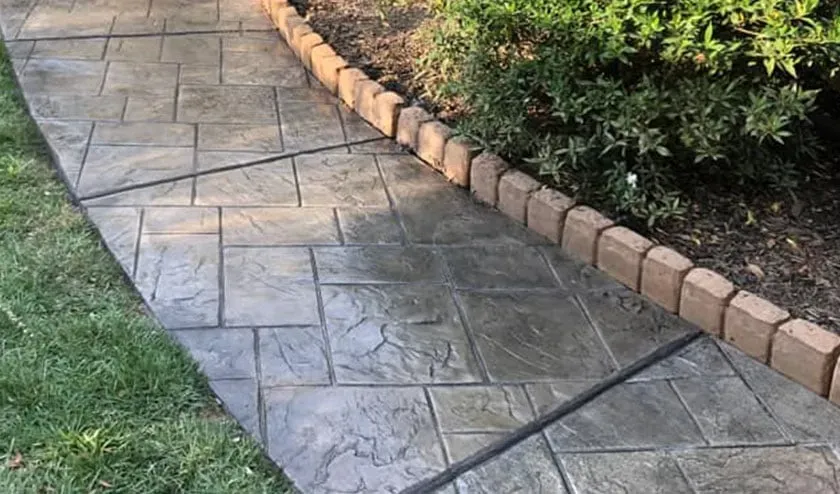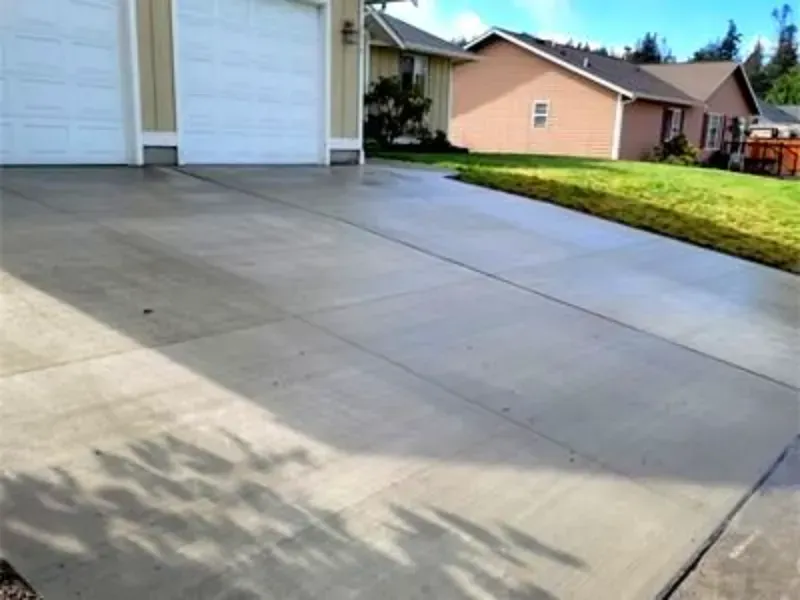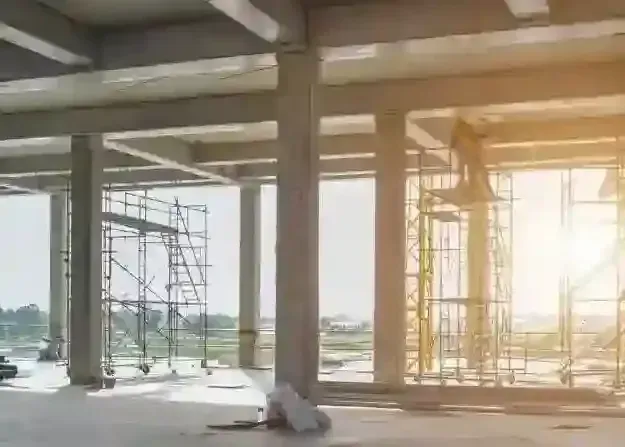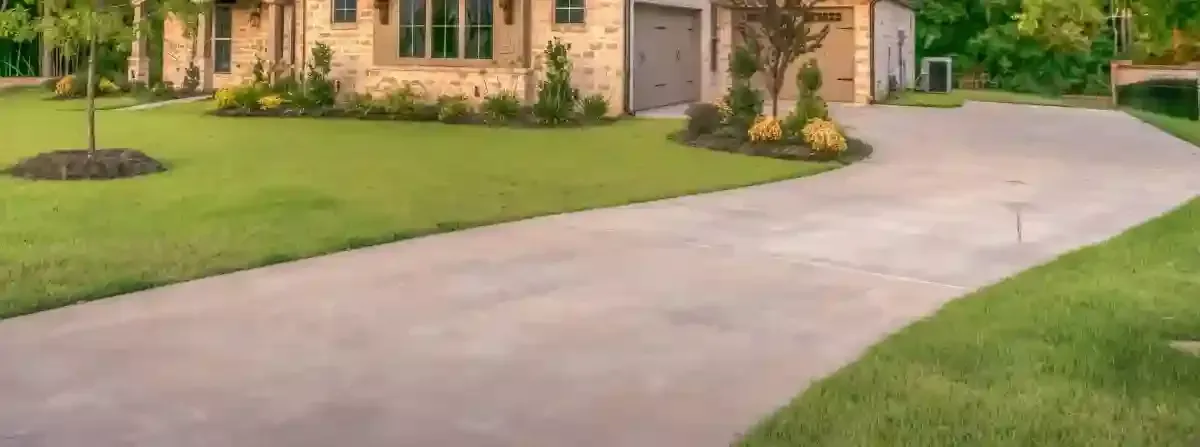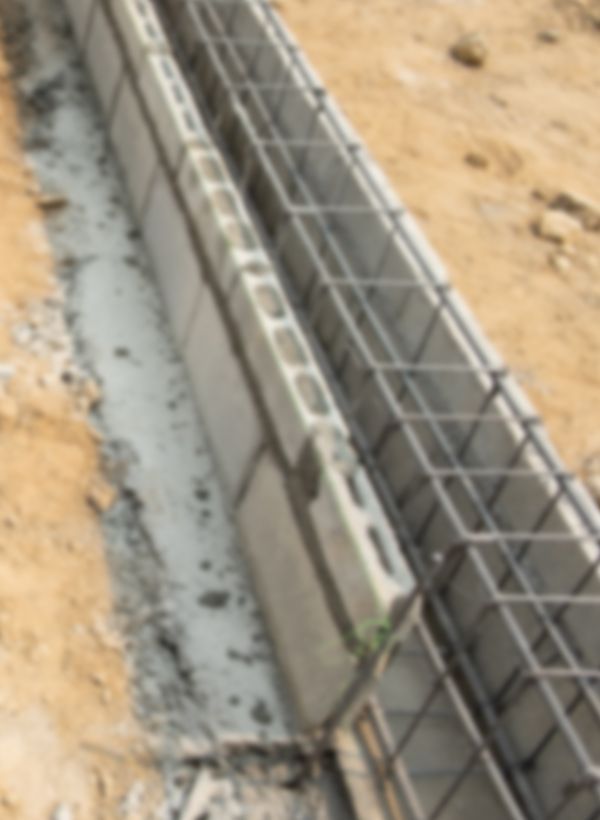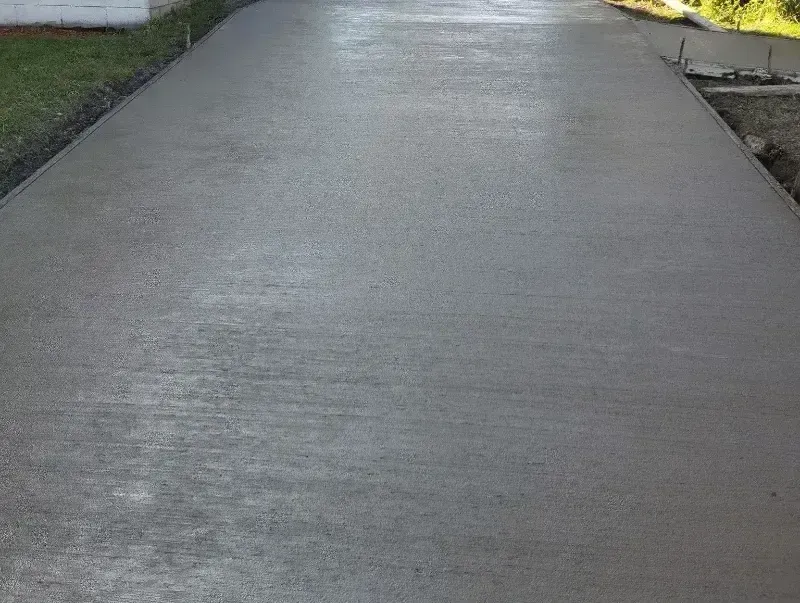1501 St. Paul St. Bellingham, WA 98229
Concrete Patio Preparation and Design for Lasting Outdoor Spaces
Concrete Patio Preparation Tips Every Homeowner Should Know
A concrete patio requires more than just pouring and smoothing the surface. The site must be cleared, leveled, and checked for hidden obstacles such as tree roots, rocks, or buried lines. Careful preparation prevents cracks, uneven slabs, and costly fixes later, giving homeowners a surface that holds up over time.
Planning also involves choosing the right location and layout. Factors like sun, shade, and how the patio connects to the house or yard all play a role. In this article, we’ll cover the key steps that ensure lasting results.
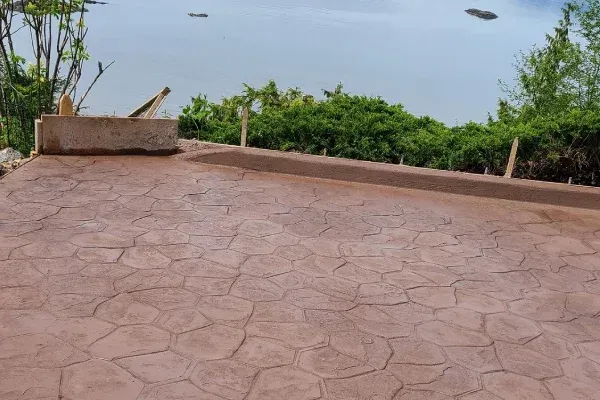
Concrete Patio Site Grading for a Smooth and Durable Foundation
Grading is one of the most important steps in preparing for a concrete patio. The slope directs water away from the slab and your foundation, preventing pooling and erosion. Without proper grading, excess moisture can shorten the life of the patio and lead to costly structural problems.
A standard patio usually needs a gentle slope of about 1/8 to 1/4 inch per foot to guide water away. Steeper grades may be required in areas with heavy rainfall, while flatter slopes may work in drier climates. Matching the grade to the site conditions ensures durability and proper drainage.
Concrete Patio Drainage Planning to Prevent Water Damage
Good grading alone is not enough; drainage design is just as important for a concrete patio. Constant exposure to rain and runoff means water needs a clear path away from the surface. Without it, moisture can stain the concrete, weaken the soil, or create cracks over time. Options like French drains, channel drains, or gravel trenches provide reliable solutions.
Proper drainage also helps safeguard the house itself. If water flows toward the foundation, serious structural issues can develop. A well-planned patio design prevents these risks while keeping the surface in excellent condition.
Concrete Patio Base Layers That Ensure Long-Term Strength
A durable concrete patio depends on a properly built base. Most projects use compacted gravel or crushed stone beneath the slab, which distributes weight evenly and keeps the surface from shifting. If this step is skipped or done poorly, the patio is more likely to crack or settle unevenly.
With a level and compact base, the concrete pour sets correctly, creating consistent thickness and clean edges. Though it is hidden from view, the base layer plays a critical role in the patio’s long-term stability.
Choosing the Right Materials for Your Concrete Patio Project
The materials selected for a concrete patio directly affect its performance and appearance. From the mix itself to decorative finishes, each choice plays a role in how well the patio holds up to daily use and weather. Understanding these options helps us match the right materials to the needs of each project.
- Standard concrete mix: A reliable option known for durability and versatility in most patio designs.
- High-strength concrete: Provides added resistance to heavy loads and wear, ideal for high-traffic spaces.
- Quick-set concrete: Speeds up curing times, making it useful for projects on tighter timelines.
- Air-entrained concrete: Adds protection against freeze-thaw cycles, reducing the risk of cracking.
- Exposed aggregate: Reveals textured stone for a decorative finish with slip resistance.
By combining durability with design choices, we can create patios that not only last but also enhance the look and function of your property.
How to Measure and Mark Your Yard for Concrete Patio Installation
Planning the layout ensures that your concrete patio works with the flow of your yard and complements nearby structures. We use simple tools like stakes, string lines, and spray paint to mark the design clearly and avoid mistakes during construction.
This stage is also an opportunity to shape the project to your needs. Curves, corners, or even split-level sections can be mapped out before any concrete is poured. By finalizing the design on the ground, we avoid costly adjustments later.
Concrete Patio Reinforcement Options for Added Durability
Reinforcement adds strength and stability to a concrete patio. Materials such as steel rebar, wire mesh, or fiber additives are built into the slab to reduce the risk of cracking and movement over time. Even though these supports remain out of sight, they play a critical role in protecting the surface.
By reinforcing the concrete, we improve its ability to handle seasonal shifts and daily use without damage. This step extends the life of the patio and ensures long-term reliability.
The Role of Weather in Successful Concrete Patio Construction
Weather has a direct impact on how a concrete patio cures and holds up over time. Pouring during high heat can cause rapid setting and surface cracks, while cold or wet conditions slow curing and weaken the slab. Choosing the right weather window is key to getting a strong and durable result.
When conditions are not ideal, contractors rely on curing blankets, sealants, or misting systems to control the process. These measures protect the concrete during curing and help ensure the patio remains strong for years.
Common Mistakes to Avoid When Building a Concrete Patio
Taking on a concrete patio as a DIY project can be rewarding, but there are several mistakes that often compromise the results. Small missteps during planning, pouring, or finishing can shorten the life of the patio and lead to costly repairs.
- Pouring too thin: A slab without enough depth is more likely to crack and shift.
- Skipping base compaction: Loose soil or gravel causes uneven settling over time.
- Poor reinforcement: Without rebar, mesh, or fibers, the concrete is vulnerable to stress cracks.
- Incorrect mix ratios: Too much water weakens the concrete and slows curing.
- Rushed finishing: Overworking the surface can trap moisture and cause scaling.
- Ignoring drainage: Water pooling around the patio undermines both the slab and nearby structures.
Working with Puget Sound Concrete ensures these problems are prevented, delivering a patio that lasts.
Concrete Patio Final Touches That Elevate Outdoor Living Spaces
The finishing stage is where a simple slab becomes a polished addition to your home. Staining, stamping, or edging introduces style, while sealants guard against moisture and daily wear. Adding lighting, plants, or furniture ties the space together and makes it inviting year-round.
For homeowners in Bellingham,
Puget Sound Concrete offers the skill to handle every detail with care. Call us at
360-927-1860 to start your project today. With the right expertise, we can turn your vision into a durable and attractive concrete patio.


